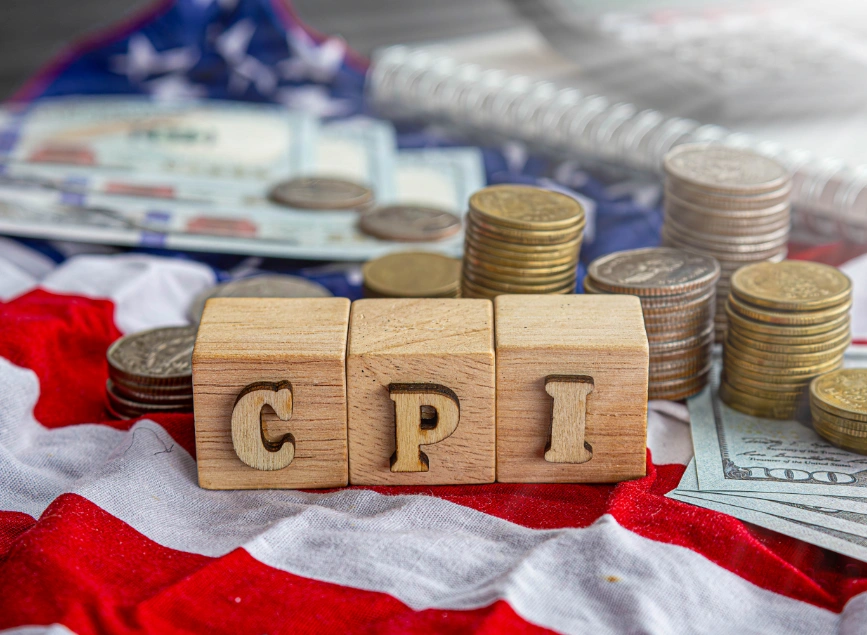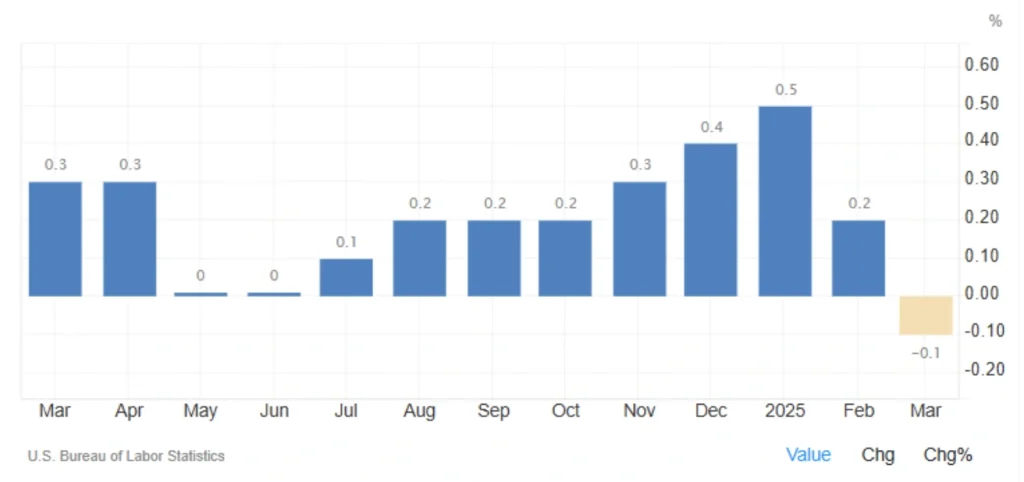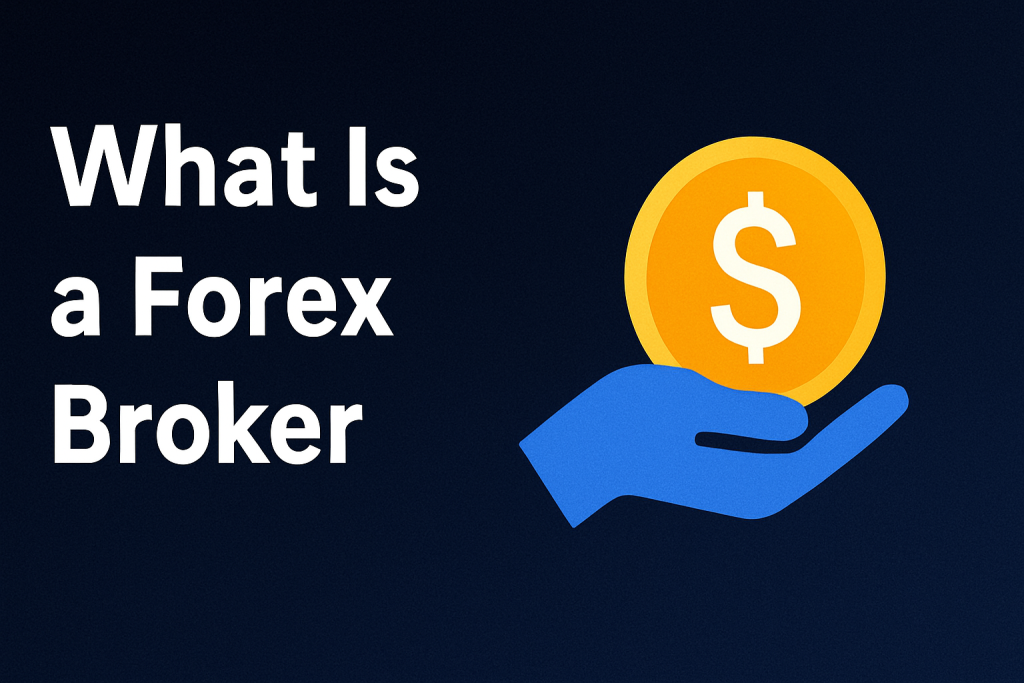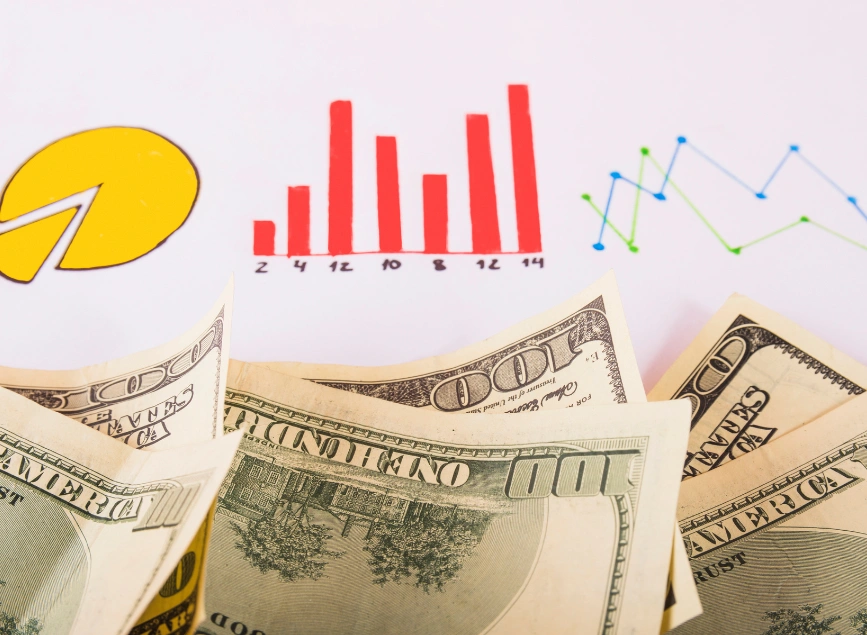
Reverse Inflation Shock in the US: First Monthly CPI Drop Since 2020
In March 2025, the United States experienced a surprising turn in inflation, as the Consumer Price Index (CPI) dropped by 0.1%. Analysts had expected a slight increase of 0.1%. This marks the first monthly decrease in the CPI since May 2020, indicating a significant change in the direction of inflation in the country.
Read More: US Tariffs and the Decline of the US Dollar: Key Insights for Traders
The Key Drivers Behind the Decline
The drop in the CPI is largely attributed to a sharp decrease in energy costs. Here’s a breakdown of the changes:
Energy Costs: -2.4%
Other Price Reductions: Prices for airline tickets, car insurance, used cars, and recreational activities also saw a decline.
However, while the overall inflation rate decreased, food prices continue to rise. The food sector has seen the following price increases:
Overall Food Prices: +0.4%
Food at Home: +0.5%
Food Away from Home: +0.4%
Limited Price Increases in Other Sectors
Despite the overall decline in CPI, some sectors saw moderate price increases:
Personal Care
Healthcare
Education
Clothing
New Cars
These increases indicate that inflation pressures remain in specific parts of the economy, even as broader price levels ease.

Why the CPI Drop Matters
A decline in the CPI carries significant implications for both the economy and future policy decisions. Here’s why this drop is important:
Potential Shift in Federal Reserve Policy
The CPI drop may prompt the Federal Reserve to reconsider its current monetary policy. If inflation continues to fall, the Fed may adjust interest rates or implement measures to support economic growth.
Signs of Relief for Consumers
A drop in CPI signals reduced price pressures on consumers, which could be a positive development for household budgets.
A Step Toward Rate Cuts
If the decline in CPI continues alongside stable core inflation, it could pave the way for the Federal Reserve to reduce interest rates, making borrowing cheaper and stimulating economic activity.
Impact on Markets and Future Policies
Positive Aspects:
A sustained decline in the CPI could provide the Federal Reserve with justification to ease monetary policy, which may have a positive impact on stock markets. Lower energy prices could lead to increased consumption and production, benefiting households and businesses alike.
Concerns to Watch:
A drop in CPI may signal weaker demand in the broader economy, which could indicate a slowdown in economic growth. Rising prices in essential sectors, like food and healthcare, could cause inflationary pressure in certain areas, leading to uneven impacts across different income groups. Ongoing volatility in energy and transportation prices may affect consumer confidence, especially if these costs fluctuate sharply.
Conclusion: A Mixed Message for the Economy
The data from March 2025 paints a mixed picture. While overall inflation has decreased, pressures in specific sectors, such as food and energy, continue to persist. As we move forward, both investors and policymakers will need to closely monitor core inflation, the labor market, and potential shifts in monetary policy.
For now, the decline in CPI suggests a turning point in the US inflation trend, but it also highlights the complexities that remain in the economy. The coming months will likely reveal whether this change in trajectory holds and how it will affect markets, consumers, and the broader economic landscape.
Share
Hot topics

What Is a Forex Broker and What Do They Do?
If you’ve ever browsed through financial websites or listened to others discuss currency trading, you’ve probably encountered the term forex broker, which may sound a bit technical, but the truth...
Read more




Submit comment
Your email address will not be published. Required fields are marked *